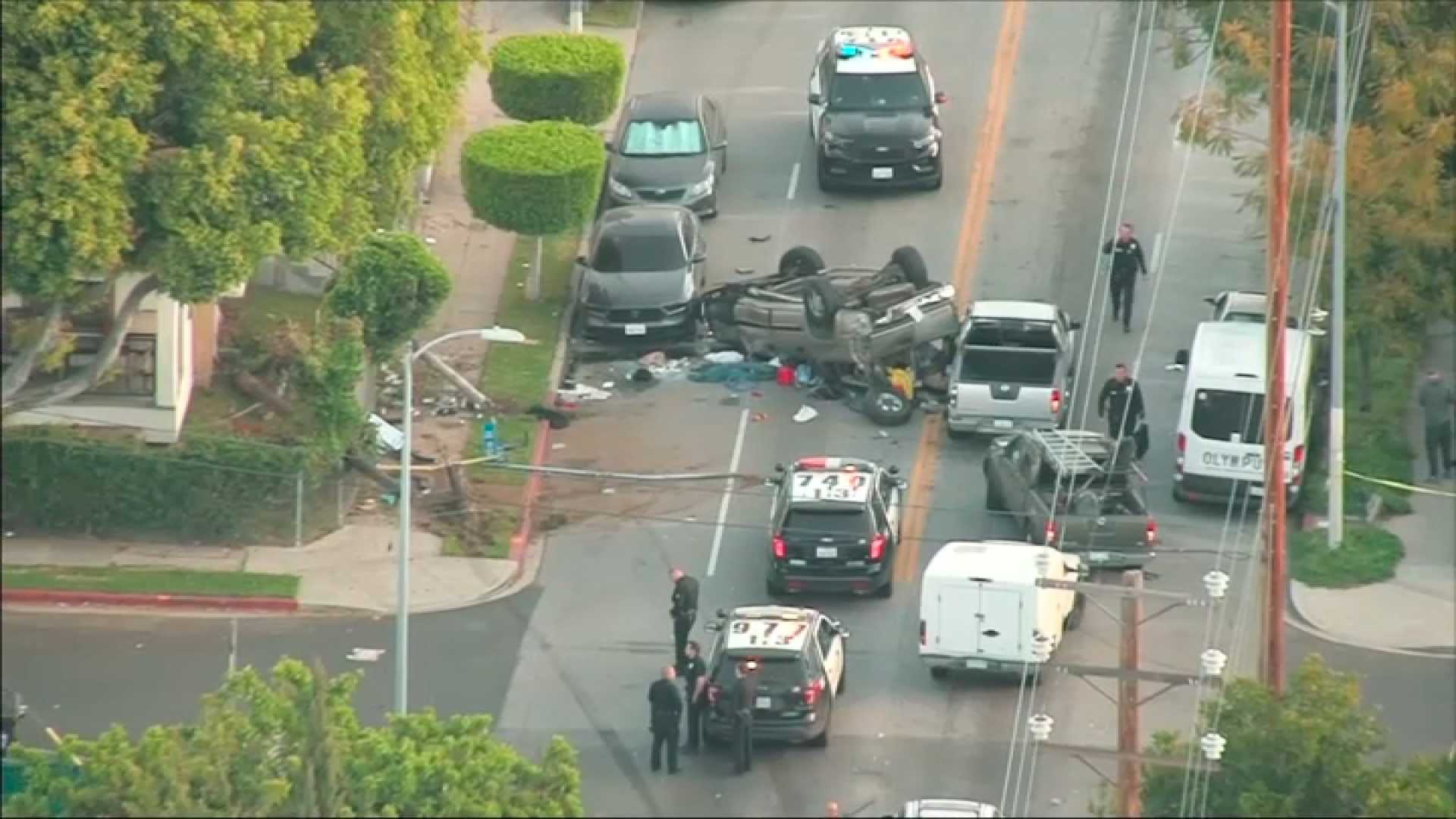At a time when the state is struggling to come up with funding for fire prevention, drought-like conditions are setting the stage for what some officials believe could be one of the worst wildfire seasons yet.
Warm temperatures, low humidity, and the lack of precipitation across the state has led to one of the driest, most fire-prone winters on record.
"We responded to more fires in the last couple of weeks than we would in a typical winter," said Daniel Berlant, Spokesman for Cal Fire.
The agency responded to 55 fires just in the first few weeks of January compared to only three fires during the same time period last year.
More: Map of Fire Hazard Severity Zones | Statewide Fire Map | Fire Weather Maps & Red Flags
"We shouldn't have this type of fire activity in January," Berlant said. "This is stuff we would normally see in Spring."
Without additional rain, the problem will only get worse.
In Los Angeles, there's been only 3.76 inches of rain, compared to a normal to-date measurement of 5.24 inches, and 12.28 inches by this time last year, according to the National Weather Service.
Local
Get Los Angeles's latest local news on crime, entertainment, weather, schools, COVID, cost of living and more. Here's your go-to source for today's LA news.
LA received only one inch in November and not a trace since Dec. 17. By comparison, in December 2010, the area received about 10 inches of rain.
Statewide, water content is at 19 percent of normal, according to Cal Fire.
As a result, Cal Fire has been increasing its staffing using its 4,700 permanent employees with the help of inmate fire crews. In many areas the agency has cancelled burn days or even banned debris burning.
But the increase comes at a cost, and Cal Fire, already faced with an $80 million budget cut, could see another $60 million in cuts if the governor's budget is approved.
"The $80 million is significant, but the $60 million is going to be crippling to us," Berlant said," because it starts to cut deep into our fire stations and our aircraft."
In an effort to stabilize funding, the state legislature and governor on Wednesday approved a new annual fire protection fee. The $150 charge applies to all habitable homes and buildings—mostly in rural areas-- protected by Cal Fire, or around 31 million acres.
If a resident lives in an area with another type of fire protection such as a county fire department or local fire district, residents are given a $35 discount.
In addition, residents face other fines. During red flag periods, officials have stepped up parking enforcement in an effort to keep streets clear for emergency vehicles.
Los Angeles city traffic officers issued 44 tickets and towed three vehicles this past Sunday in fire-prone neighborhoods.
The citation is $63 and the impound will cost a vehicle operator a minimum of $262 for towing, a day's storage and the city of LA vehicle release fee.
Still, officials remain hopeful the rain come and bring some relief.
Next month, February, usually is the regions wettest period according to Climatologist Bill Patzert, PhD, based at Pasadena's Jet Propulsion Laboratory.
Patzert advised it's too early to write off this winter but still says he's sticking with his forecast that the rest of this season will be drier than usual.
But, he added, "I'm going to keep my fingers crossed that I'm wrong."
Follow NBCLA for the latest LA news, events and entertainment: Twitter: @NBCLA // Facebook: NBCLA



